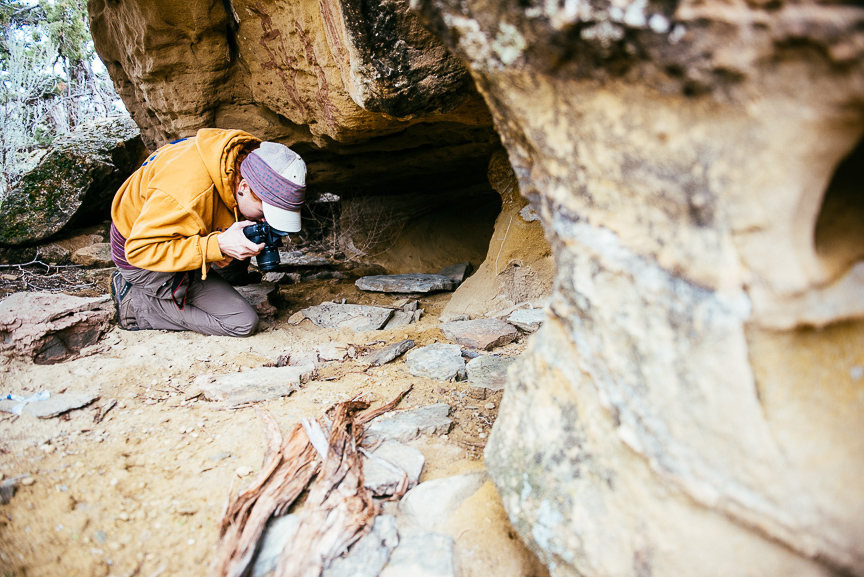Born-digital photography: not all prints are created equal
A few years ago, I opted to take on the overwhelming task of organizing and digitizing the records associated with the legacy collections at the Natural History Museum of Utah. Overwhelming not just because of the sheer number and diversity of the collection, but also because much of it was not prepared for long-term archival storage. This is not uncommon in museums. Artifacts often take priority over associated records, and museums are notoriously understaffed, so choices have to be made. I get that. But we had an opportunity to direct staff time to this project, so I jumped at the opportunity.
In the early stages of the project I dove into the museum literature looking for guidance on the curation of traditional associated records (e.g., black and white prints). One day it dawned on me that our repository guidelines for records also needed to reflect best practices and was shocked to see that the section on photograph submissions was still based on film cameras. Suspecting that the number of archaeologists using camera film in 2017 was next to zero, I turned to the Image Permanence Institute (IPI) website to learn about permanence issues with digital prints. I soon learned that our collection of digital prints was in danger of losing image quality if something wasn’t done to properly store them.
Digital prints are not just a concern for art museums and libraries. Many anthropology museums continue to accept prints as part of an archaeological collection. Maybe it’s because many of us feel more comfortable preserving the tangible (it’s what we do). Maybe it’s because many of us don’t have the money or training to maintain digital images in a Digital Asset Management System “in perpetuity.” Whatever the reason, prints from digital cameras are an integral part of many archaeological collections.

Seeing that we had not adequately considered the complexity of digital print preservation, I thought perhaps other collection managers would be in the same position. So, I proposed this article for Advances in Archaeological Practice and I was lucky to have an experienced and knowledgeable co-author from the IPI, A. Carver, join this endeavor. While my contribution is a “call to action” to my museum colleagues, my co-author offers the expertise of an image permanence researcher. I also wanted to alert all archaeologists who create digital prints to understand that the choice of a printing process makes a difference in whether or not the record of your work will continue to look as good as the day you printed it. What is our main takeaway? Before you spend time and money on preparing digital prints for curation, have a conversation with the curation facility’s staff. We are all learning new ways to produce, manage, and care for archaeological photographs.
Michelle Knoll’s article, published in the most recent issue of Advances in Archaeological Practice, is free to access until 30 September 2019.






